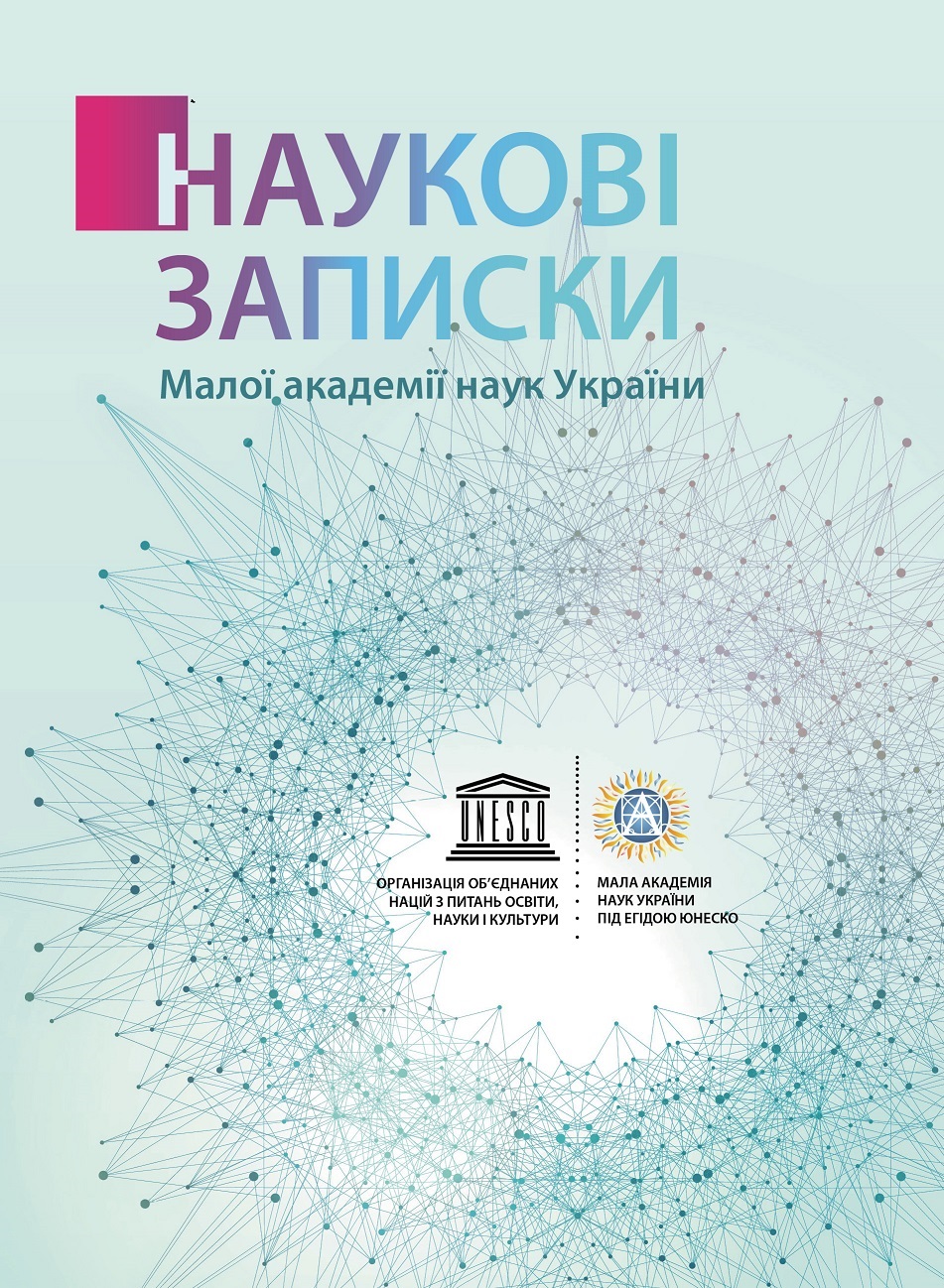FEATURES OF FORMATION OF ENGINEERING STEM COMPONENT IN TEACHING PHYSICS AND TECHNICAL DISCIPLINES IN INNOVATIVE EDUCATIONAL AND SCIENTIFIC ENVIRONMENT
DOI:
https://doi.org/10.51707/2618-0529-2020-19-06Keywords:
methods of teaching physics, professionally oriented disciplines, interdisciplinary approach, STEM-education, technical institutions of higher educationAbstract
The article considers the current problems of implementation of STEM-technologies and the separation of engineering STEM-component, which is important for the formation of STEM-competencies in subjects of study. Teaching physics to students of non-physics specialties in technical institutions of higher education in the context of reforming physics education is carried out, as a rule, in the I–II courses. The content of the discipline “Physics” needs to be modernized in accordance with modern achievements of physics science and didactic principles of construction of the course of physics, considering the fundamentals, scientific, continuity and interdisciplinary connections. Therefore, the modernization of higher education in Ukraine requires taking into account the general trends in the development of higher education systems in the context of globalization and European integration processes, namely the trends in the development of STEM-education. It is established that the change in the field of higher education, in particular technics, taking into account the development of STEM-education involves revising the concept of training in each field, so modernizing the content of education requires updating the educational base (goals, content, methods, forms and means), through which in the future the implementation of modern innovative STEM-approaches will be carried out. Taking into account current trends and the main directions of improving the educational process, the method of teaching physics to effectively acquaint students with the basics of physics, which is required for further study of professionally oriented disciplines, should be aimed not only at qualitative, scientifically and methodologically sound teaching, provided by the educational activities of the teacher, and mainly to intensify the independent educational and research activities of students. Such a technique should develop and stimulate interest in knowledge and understanding of physics, their application in explaining the phenomena and processes of the microworld and the world as a whole and give students an effective system of knowledge, skills and form a natural worldview. The article outlines the peculiarities of the formation of the engineering STEM-component and gives an example of consideration of the work of the physics workshop with programming elements. It is determined that the physics experiment is an important factor in the development of STEM-education in higher education institutions of technical profile and methods of teaching physics. The use of STEM-technologies activates the independent cognitive-search activity of students before studying physics and technical disciplines.
References
Atamanchuk, P. S. (2012). Competence approach in becoming a future physics teacher. Zbirnyk naukovykh prats Umanskoho derzhavnoho pedahohichnoho universytetu imeni Pavla Tychyny (Pedahohichni nauky), 4, 9–17 [in Ukrainian].
Atamanchuk, P., Atamanchuk, V. (2017). STEM-integration as an important innovation of the modern educational paradigm. STEM-osvita – problemy ta perspektyvy. Proceedings of the II International Scientific and Practical seminar, 9–10 [in Ukrainian].
Ghoncharova, N. (2015). Glossary of terms that define the essence of the concept of STEM-education. Informatsiinyi zbirnyk dlia dyrektora shkoly ta zaviduiuchoho dytiachym sadochkom, 17–18 (41), 90–92 [in Ukrainian].
Ghoncharova, N. O., Patrykejeva, O. O. (2016). Introduction of STEM-education in educational institutions (according to the results of the survey of scientific and pedagogical workers of RIPPE). Naukovi zapysky Maloi akademii nauk Ukrainy: zbirnyk naukovykh prats, 8, 231–240 [in Ukrainian].
Ghoncharova, N. O. (2016). Use of game technologies in STEM-education. Problemy osvity, 160–164 [in Ukrainian].
Ghoncharova, N. (2017). Conceptual and categorical apparatus on the problem of researching aspects of STEM-education. Naukovi zapysky Maloi akademii nauk Ukrainy: zbirnyk naukovykh prats, 10, 104–114 [in Ukrainian].
Zinenko, I. M. (2009). Determining the structure of mathematical competence of high school students. Pedahohichni nauky: teoriia, istoriia, innovatsiini tekhnolohii, 2, 165–174 [in Ukrainian].
Kremen V. H., Andrushchenko V. P. (2009). Higher school pedagogy: a textbook for students of higher educational institutions. Kyiv : Pedahohichna dumka [in Ukrainian].
National strategies for the development of education in Ukraine for 2012–2021. Retrieved from http://meduniv.lviv.ua/files/info/nats_strategia. pdf [in Ukrainian].
Stryzhak, O., Slipukhina, I., Polikhun, N. & Chernecjkyj, I. (2017). Key concepts of STEM education. Naukovi zapysky Maloi akademii nauk Ukrainy: zbirnyk naukovykh prats,10, 89–103 [in Ukrainian].
Foresight of Ukraine’s economy: medium-term (2015–2020) and long-term (2020–2030), time horizons. Кyiv : NTUU “KPI” [in Ukrainian].
Digital Agenda of Ukraine 2020. Conceptual principles (version 1.0). Project. Retrieved from: https://ucci.org.ua/uploads/files/58e78ee3c3922.pdf?__cf_chl_jschl_tk__=f985236 [in Ukrainian].
Borrego, M., Foster, M. J., Froyd, J. E. (2015). What is the state of the art of systematic review in engineering education? Journal of Engineering Education, 104(2), 212–242. DОІ: 10.1002/jee.20069.
DeCoito, I. (2016). STEM education in Canada: A knowledge synthesis. Canadian Journal of Science, Mathematics and Technology Education, 16(2), 114–128. DОІ: 10.1080/14926156.2016.1166297
English, L. D. (2016). STEM education K-12: Perspectives on integration. International Journal of STEM Education, 3, 3. DОІ: 10.1186/s4059%204--016-0036-1.
Erduran, S., Ozdem, Y., & Park, J.-Y. (2015). Research trends on argumentation in science education: A journal content analysis from 1998–2014. International Journal of STEM Education, 2, 5. DОІ: 10.1186/s40594-015-0020-1.
Li, Y. (2018a). Journal for STEM education research — promoting the development of interdisciplinary research in STEM education. Journal for STEM Education Research, 1(1–2), 1–6. DОІ: 10.1007/s41979-018-0009-z.
Li, Y., & Schoenfeld, A. H. (2019). Problematizing teaching and learning mathematics as ‘given’ in STEM-education. International Journal of STEM-Education, 6, 44. DОІ: 10.1186/s40594-019-0197-9.
Margot, K. C., & Kettler, T. (2019). Teachers’ perception of STEM integration and education: A systematic literature review. International Journal of STEM Education, 6, 2. DОІ: 10.1186/s40594-018-0151-2.
Downloads
Published
How to Cite
Issue
Section
License
Copyright (c) 2021 Scientific nontes of Junior Academy of Sciences of Ukraine

This work is licensed under a Creative Commons Attribution 4.0 International License.













